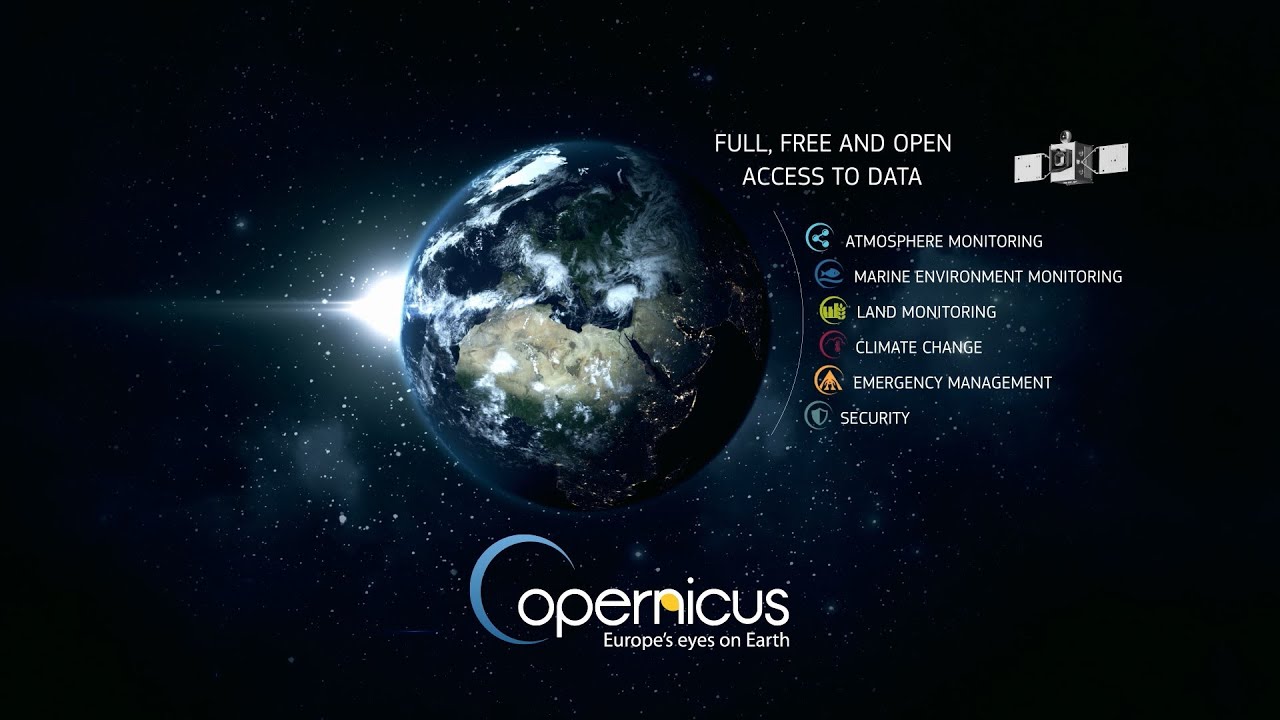Copernicus Emergency Management Service (CEMS) Programme

- 21 May 2024
Why is it in the News?
As part of a multi-agency effort to locate a helicopter carrying Iranian President Ebrahim Raisi that crashed in East Azerbaijan province recently, the European Union activated its emergency satellite mapping service at Iran’s request as adverse weather and darkness hampered search and rescue operations.
What is the Copernicus Emergency Management Service (CEMS)?
- The Copernicus Emergency Management Service (CEMS) is part of the Copernicus Programme, the European Union’s Earth Observation Programme.
- CEMS is managed directly by the European Commission via the Joint Research Centre.
- CEMS supports all actors involved in the management of natural or manmade disasters by providing geospatial data and images for informed decision-making.
- CEMS constantly monitors Europe and the globe for signals of an impending disaster or evidence of one happening in real-time.
- The service immediately notifies national authorities of their findings or can be activated on-demand and offers to provide them with maps, time series or other relevant information to better manage disaster risk.
- CEMS products are created using satellite, in-situ (non-space) and model data.
- CEMS comprises two components:
- On-demand Mapping
- Early Warning & Monitoring
- Copernicus EMS Early Warning and Monitoring offers critical geospatial information at European and global levels through continuous observations and forecasts for floods, droughts and forest fires.
- It includes the European Flood Awareness System (EFAS), the European Forest Fire Information System (EFFIS) and the European Drought Observatory (EDO).
- It also links to the global versions of the early warning systems and the Global Disaster Alert and Coordination System (GDACS) for tropical cyclones.
- These versions cover the overseas areas of Europe that are often affected by extreme events.
- The service is provided free of charge to all users either in rush mode, for emergency management activities that require immediate response and/or non-rush mode, to support emergency disaster management activities not related to immediate response, analysing pre-disaster risk assessment and population and asset vulnerability or post-disaster recovery and reconstruction.
- It can be activated only by designated authorised users.
